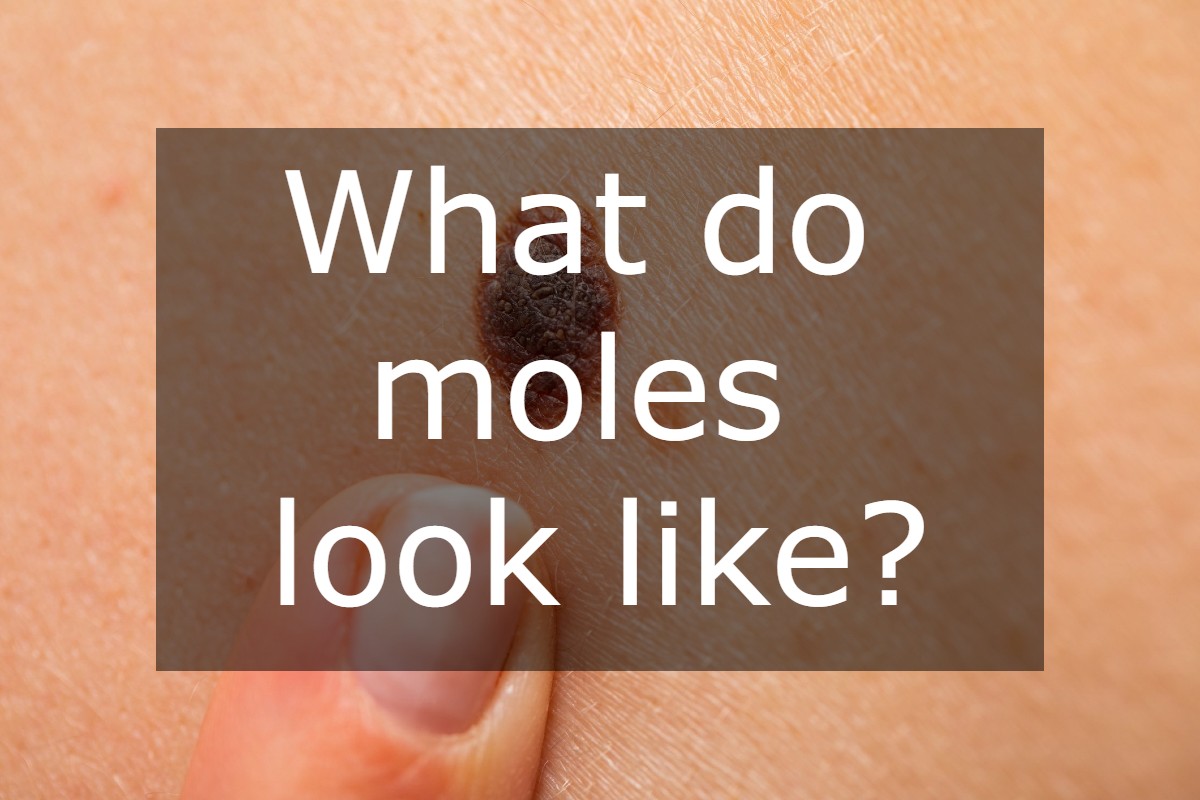What do moles look like?
Moles can vary in colour. They're generally medium to dark brown but also can be skin-coloured or black. Most moles are flat, relatively even in colour and regular in shape. Some moles are raised and these are usually soft to the touch and lighter in colour.
Who should check their moles?
Everyone should get their moles checked at least every 3 months. But if you've developed new moles, or a close relative contains a history of melanoma, you ought to examine your body once a month.
Which ones do you have to worry about?
Moles to fret about are those who look different to other existing moles. Dysplastic moles are moles that look different to ordinary moles and should evolve to melanomas. If you have got multiple dysplastic moles you're at greater risk of melanoma. If you've got any moles that are larger than most, have smudgy or irregular edges, are uneven in colour or have some pinkness, you must see a doctor and see if you can get them checked. Any moles that appear newly in adulthood should be checked. The foremost concerning sign, however, may be a changing mole. That’s what dermatologists check for. If you notice a change in colour or shape, or the mole becomes itchy, painful or starts to bleed, see a doctor immediately.
You’ll notice it’s sometimes very hard to inform the difference between a mole and a melanoma. A vital characteristic is a change in the mole, either colour or size. Melanoma, by definition, could be a mutation of cells, which suggests they grow out of control. Therefore the best way for spotting a melanoma is to search for moles that change.









